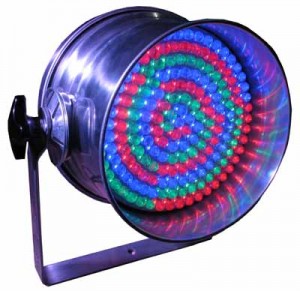There three units can be used to present light intensity: Lux (unit of illuminance: the illuminace of 1L light within one cubic centimeter), Lumen (unit of illuminous flux: the illuminous flux of 1CD light within one square centimeter) and CD (unit of LED Street Light intensity: the light intensity of a fully radiated matter (bellow the platinum freezing point) per 1/60 centimeters).
Usually, CD is used to represent light properties of light sources like, filament lamps, LED lamps. Lumen is typically used to represent light properties of reflectors or objects with penetrability, like CD projectors. Lux is used in the photographic area. In fact, these three units are equivalent numerically, but need to be interpret from different perspectives.
In practical, light intensity is usually represented by units or transformed units that can be easily surveyed and mapped. LED displayers always use CD/cm2 as light intensity unit, together with observing angle. Generally, outdoor LED displayers require a light intensity higher than 4000CD/cm2 to gain an ideal display effect. While indoor LED displayers usually require a maximum light intensity between 700 CD/cm2 and 2000 CD/cm2.
The light intensity of single Light Emitting Diode can be represented by CD, together with observing angle. Light intensity has nothing to do with light color. Normally, the light intensity of single LED range from several mCD to 5000 mCD. The light intensities given by LED manufacturers are measuring values in particular conditions: under 20 mA working current, observed in best visual angle, the most bright point in central. The beam angle and intensity distribution are determined by the form and position of lens mounted on the top of LEDs. Generally speaking, Light Emitting Diode with a small beam angle will send out brighter (higher light intensity) lights.
The compact installation of several LEDs together will lead to the superposition of spherical lights of them. However, the entire spherical intensity is evenly distributed. We call it average spherical luminous intensity (MSCP). When we measure MSCP, we need to take LED visual angle and the number of LED down lights into account. And multiple the maximum spot light intensity (given by product specifications) with 30%-90% (depends on the packaging), then we can calculate the approximate light intensity of single Light Emitting Diode.

